The Border Between the U.S. and Mexico
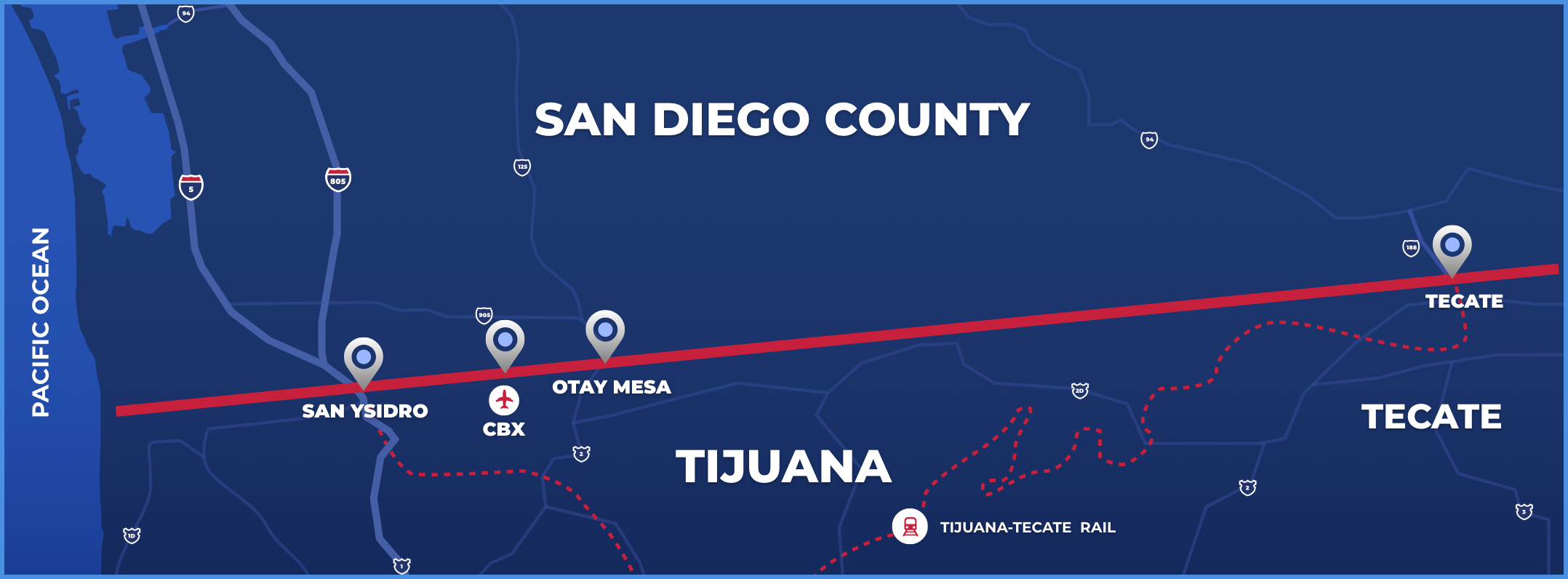
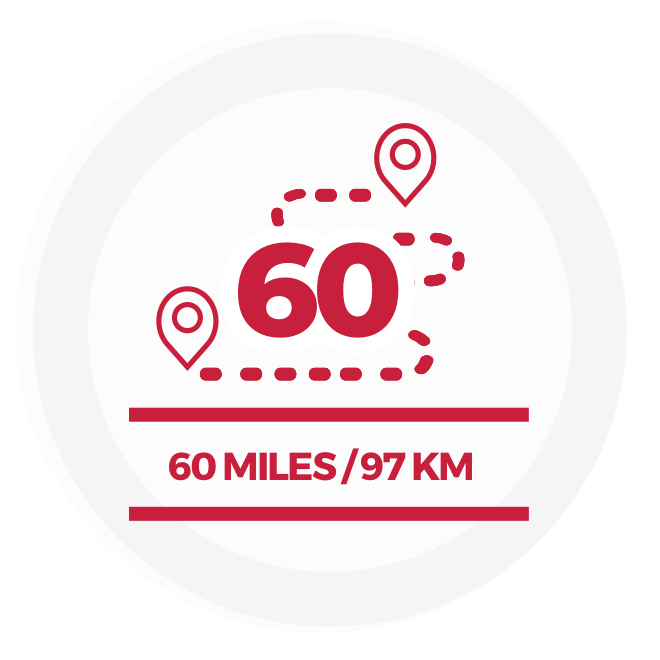
Sixty miles (97 km) in length.

Three public U.S. ports of entry: San Ysidro, Otay Mesa, and Tecate.
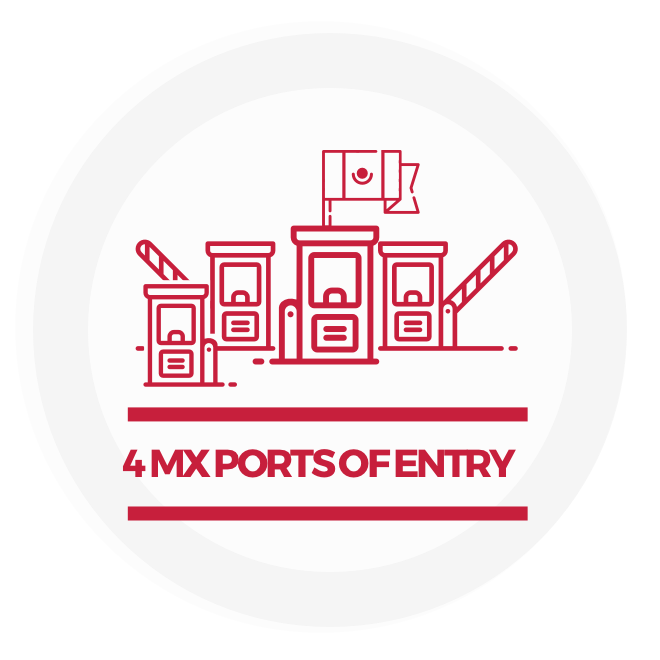
Four Mexican ports of entry: El Chaparral, San Ysidro, Otay Mesa, and Tecate.
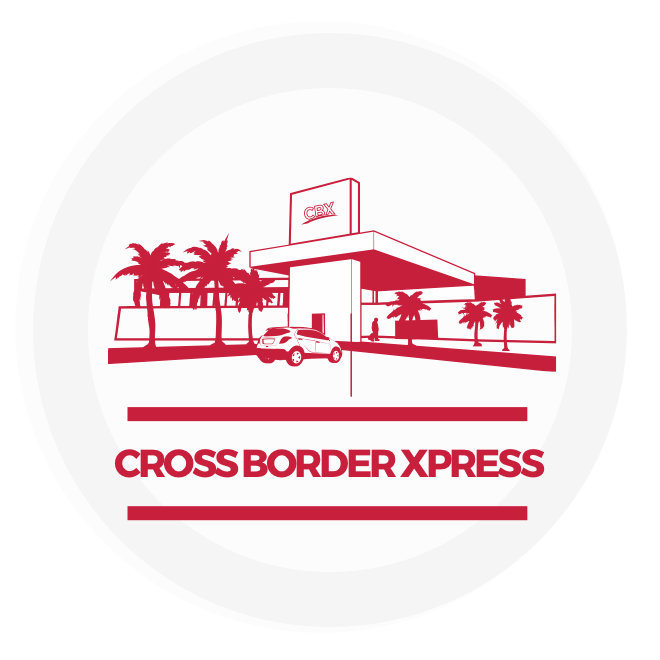
A private pedestrian border crossing at the CBX Cross Border Xpress terminal in San Diego providing access to Tijuana International Airport.

Trucks cross at Otay Mesa and Tecate and trains through a special gate at San Ysidro.
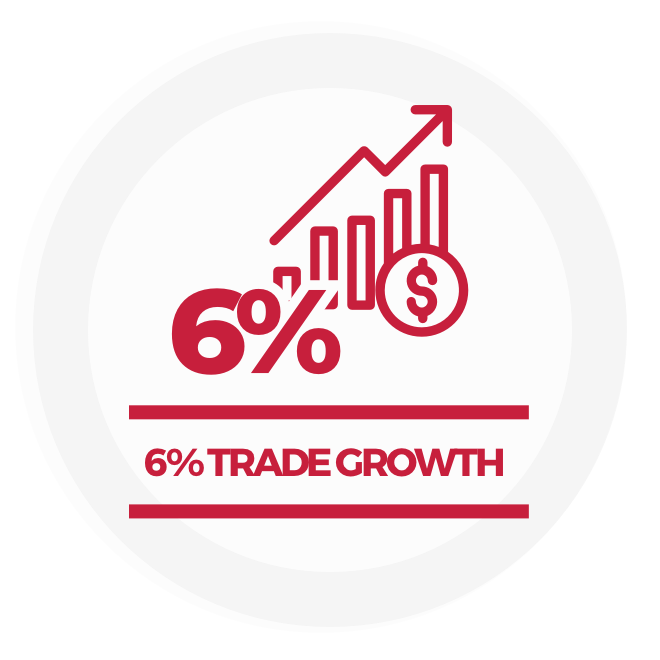
6% trade growth in 2017.

The Mexican cargo port at Otay Mesa is the most modern in Mexico.

The San Ysidro and El Chaparral ports of entry jointly constitute the world’s busiest land border crossing.
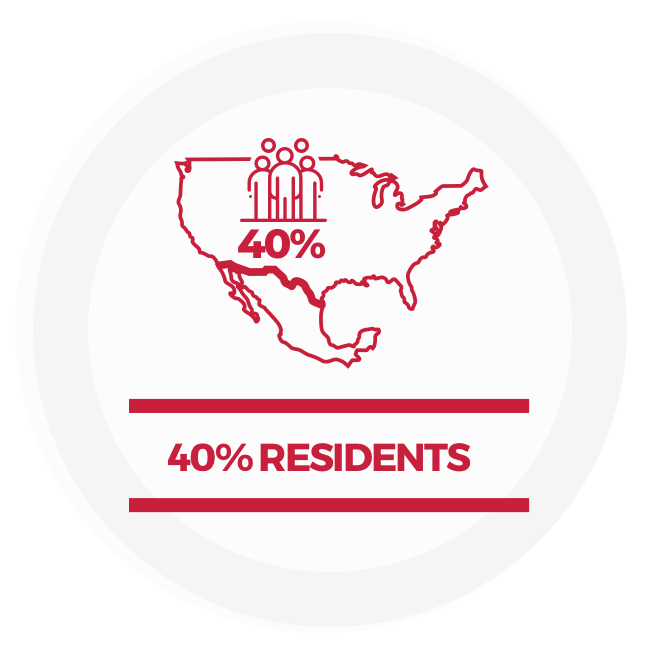
40% of the total population residing in communities along the U.S.-Mexico border.
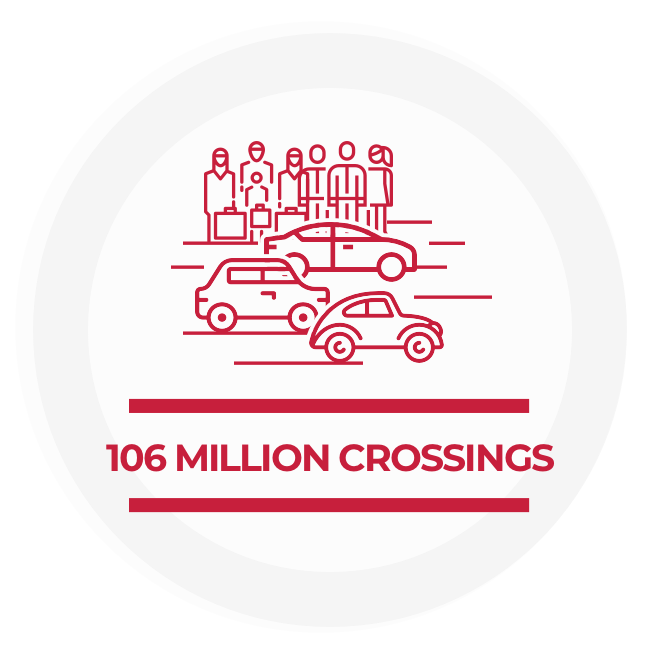
There are more than 106 million individual crossings. 48 million cars and trucks cross each year.
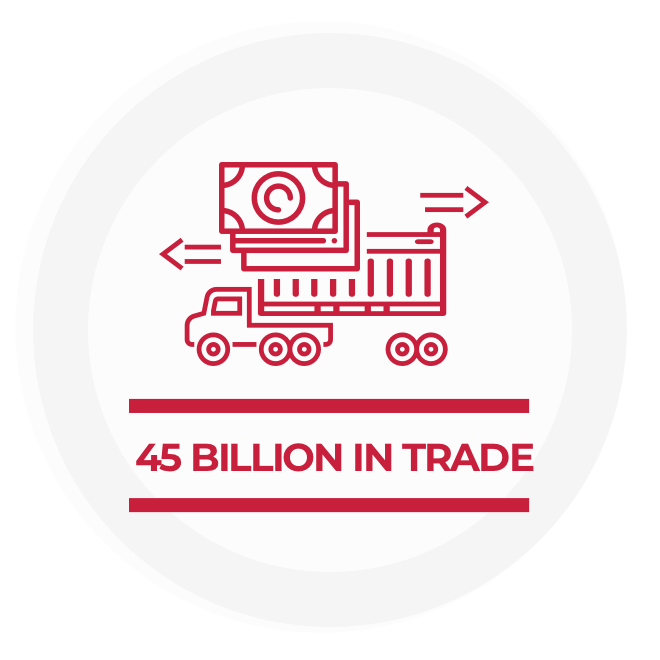
Almost $45 billion in trade crosses annually through the Tecate and Otay Mesa ports of entry.
Annual Travelers
372 MILLION

Annual Number of Autos
150 MILLION

Annual Cargo Trucks
12.1 MILLION

Annual Value of Goods
$616 BILLION

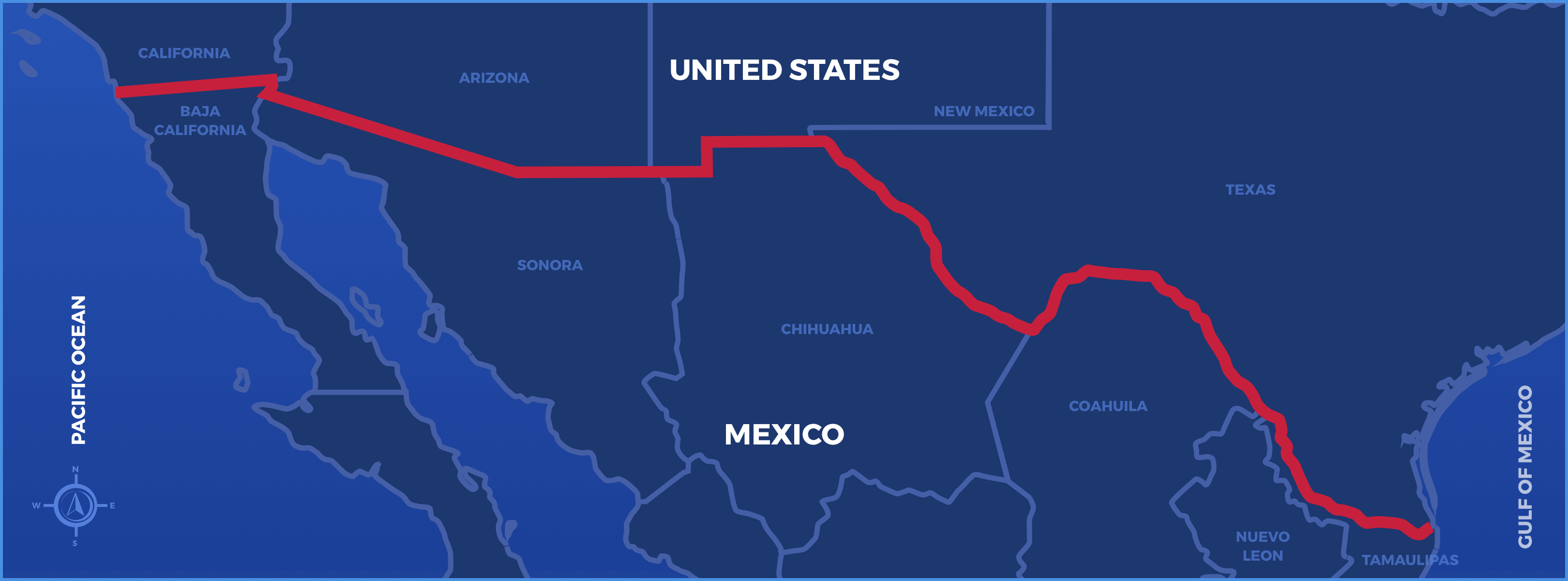
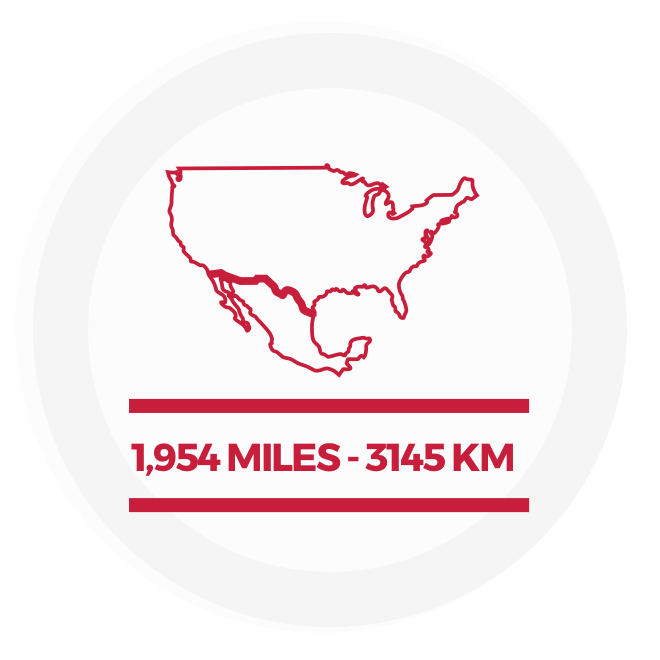
1,954 miles (3,145 km) from San Diego to the Gulf of Mexico.

Approximately one million daily border crossings.

Most frequently crossed border in the world.

48 ports of entry (some limited to pedestrians and passenger vehicles).

Eight international railroad crossings for freight shipments.
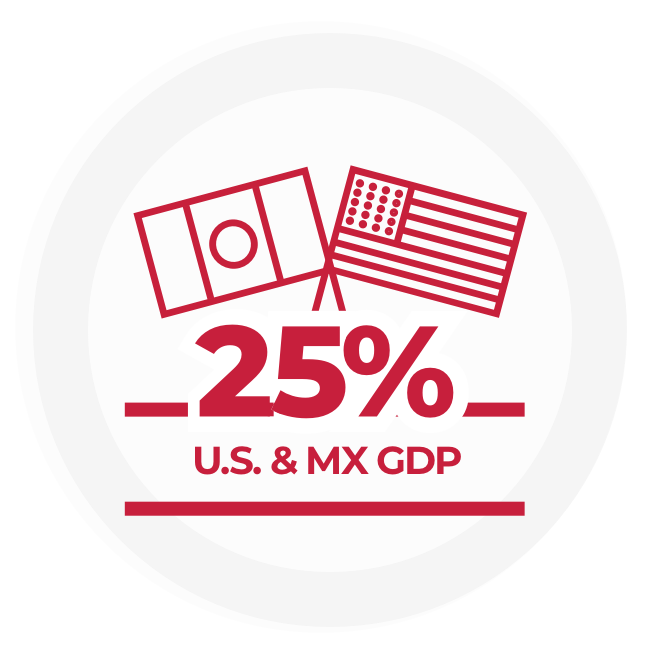
If the ten U.S. and Mexican states along the shared boundary combined to form their own country, it would constitute the third-largest economy in the world, representing more than 25% of the U.S. and Mexican total GDP.

U.S.-Mexican trade exceeds $1 million per minute, with the vast majority of this trade transiting through border ports of entry.